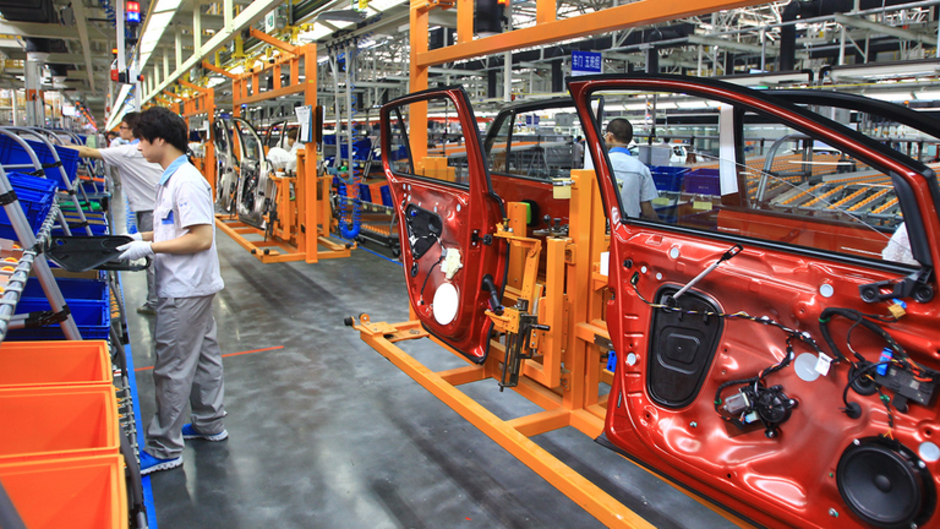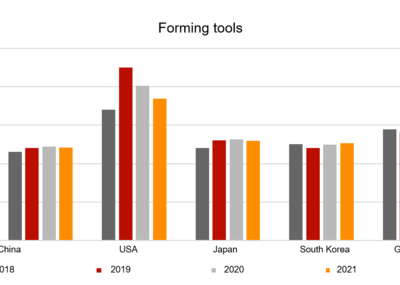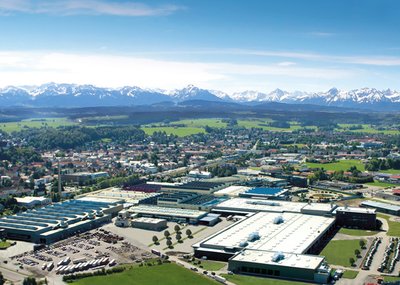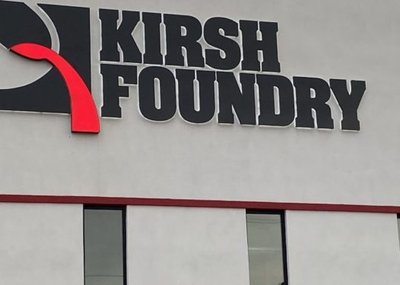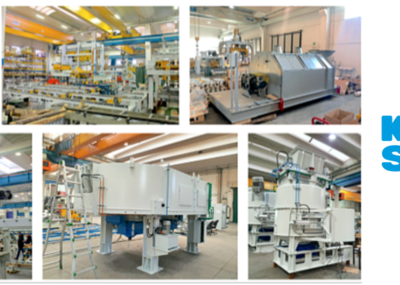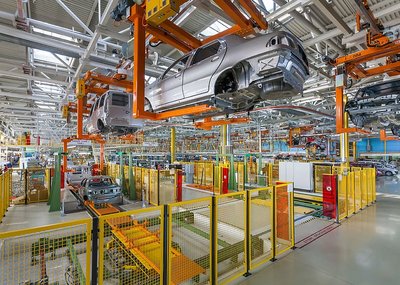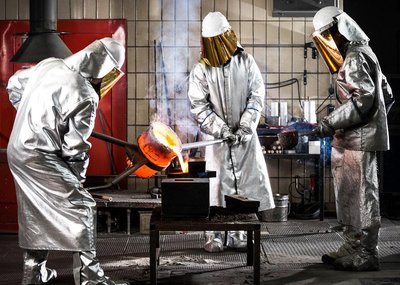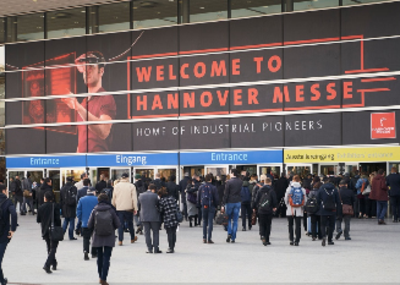Automakers including Honda, Toyota and Hyundai have announced plant shutdowns in response to supply chain issues with the coronavirus, but one thing’s for sure: the auto industry hasn’t seen the worst yet. One factor is the unknown—how far and fast the virus will spread, and who will be quarantined. Another factor is the lag time between when parts are produced and when the plants actually receive them.
“Thirty to 40 days after the shutdown is when you will see the parts shortages hit,” says Dan Hearsch, a managing director at consulting firm AlixPartners who has previously worked as a buyer for General Motors and suppliers Visteon, Faurecia and Brose. He envisions “a wave of problems still a couple of months out.”
The best OEMs can hope is that suppliers get their plants up and running quickly. They may need to foot the bill to fly parts out for a time to hasten the blow. Transporting components by plane can be five to 10 times as expensive as by ship.
The shutdowns, formal or informal, could very likely continue. Many Chinese suppliers aren’t just “turning the lights on and getting back to work,” says Hearsch. “There are quite a few sick people, and the ability of the workforce to get back, be out of quarantine, show up to work, is lower than one might hope.
“I can tell you that talking to some of my clients over there, there are very few factories [in the surrounding provinces] that are running at full capacity today. In the epicenter of the virus, those factories are still shut down.”
If there’s any bright spot, he says, it’s that China isn’t the global hub for automotive parts it was five or 10 years ago. “So much of Chinese production really is for the domestic Chinese market these days,” Hearsch says. “I mean, they still export massive amounts, but it’s not like it used to be where everything was going out of the country.
There are no battery manufacturers in and around Wuhan and the Hubei province, the epicenter of the virus, which is good for electric vehicle manufacturers. Hearsch sees brakes and wire harnesses as the components most affected. Wire harnesses are not complex and easy to move to other Asian countries, Hearsch says. Brakes, with large dedicated mixing equipment and very specific castings, are much harder to move.
The automakers with a manufacturing footprint in Hubei include General Motors, PSA, Honda, Nissan and Renault, and automotive suppliers Bosch, which makes steering systems and boilers in the area, and f-tech (brake pedals).
A recent Fitch Rating report said German automakers and suppliers are at higher risk of taking a hit than other European carmarkers because they do a higher percentage of their sales in China. Daimler and BMW depend on China for 30% of their sales, and for Volkswagen, it’s 40%.
Hearsch says that of the Chinese OEMs, Dongfeng is probably the most vulnerable with shutdowns, and other automakers hit hardest will likely be Volkswagen, GM, PSA Nissan, Mitsubishi, Renault and Honda. “These are all factors of where their factories are and how long they’ve been closed down,” he says.
OEMs have already brought out their crisis playbooks, and are bringing in extra quality and purchasing people and communicating closely with their direct suppliers, says Hearsch. They may not have visibility further down the supply chain and are relying on their tier 1 suppliers to have their own playbooks, to communicate what problems they see further down the tiers.
Hearsch says a transmission company he works with has one part sourced in China. Early last week, he reached out to the transmission maker’s supply chain quality group and said, “‘What’s going on with this part? Is the supplier up and running as of Monday? How many parts are in the plant? How many are on the ship? How many are in their warehouse and ready to go?”
Within a couple of hours, the team handed him a spreadsheet that showed where the inventory was and how many parts were needed in the coming weeks. It showed that they are good until April if they can’t order any more parts for the time being.
Now is the time especially for smaller suppliers to communicate their needs to the OEMs and ask for resources, Hearsch adds.
“The GMs or Fords, they’re the ones that are most motivated to help you dig in and say, ‘Hey, I’ve got a problem, I’ve got two suppliers in China that aren’t going to be up for X number of weeks. I need help. I’m just a $100 million manufacturer of widgets. I don’t have the resources’” The OEMs “all have teams that are going to jump in there and help them fix that problem.”
Source: Laura Putre, industryweek.com

